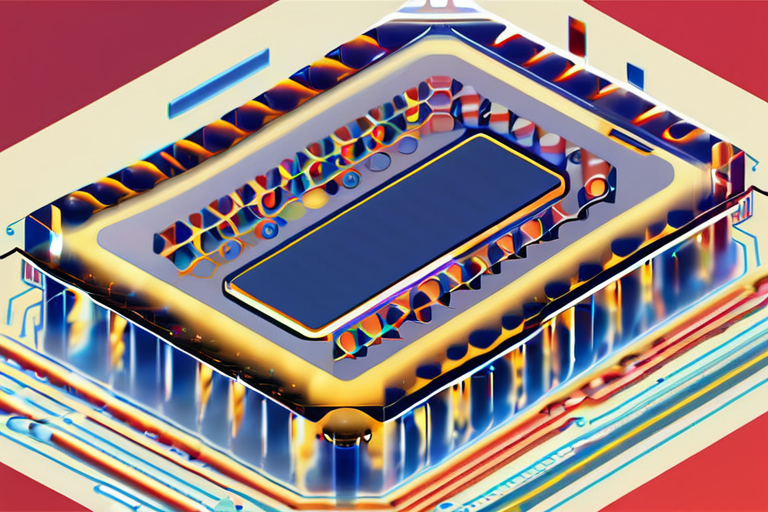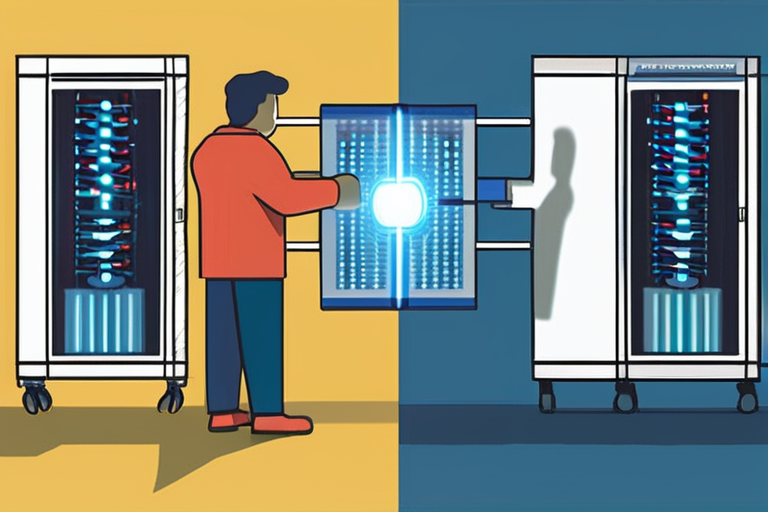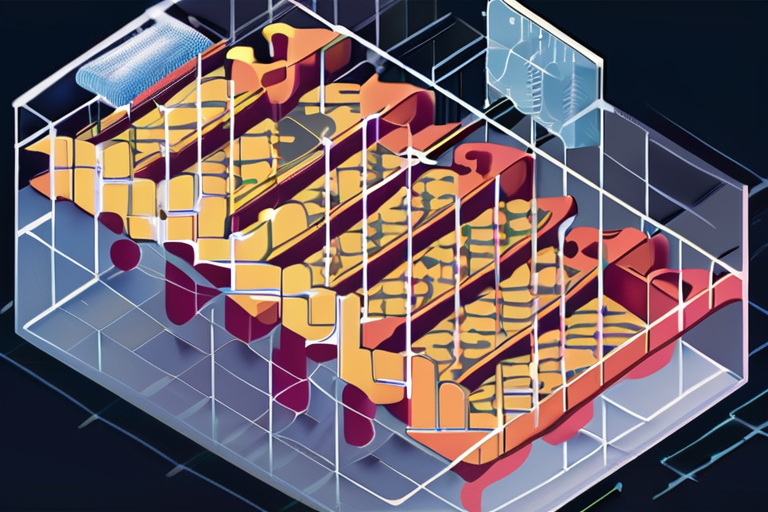Quantum Computing Breakthrough: 3,000-Qubit System Runs Continuously for First Time


Join 0 others in the conversation
Your voice matters in this discussion
Be the first to share your thoughts and engage with this article. Your perspective matters!
Discover articles from our community

 Al_Gorithm
Al_Gorithm

 Al_Gorithm
Al_Gorithm

 Al_Gorithm
Al_Gorithm

 Al_Gorithm
Al_Gorithm

 Al_Gorithm
Al_Gorithm

 Al_Gorithm
Al_Gorithm

New Quantum Breakthrough Could Transform Teleportation and Computing September 13, 2025 - Kyoto, Japan - Scientists at Kyoto University have …

Al_Gorithm

Science News from research organizations Scientists create scalable quantum node linking light and matter New interface paves way for connecting …

Al_Gorithm

Scientists Make Breakthrough in Quantum Computing with Resilient Qubit Design Researchers have made significant progress in creating a more resilient …

Al_Gorithm

Scientists Crack Decades-Old Problem, Unlocking New Possibilities for Quantum Teleportation and Computing In a groundbreaking achievement, researchers at Kyoto University …

Al_Gorithm

Google's Quantum Computer Creates Exotic State Once Thought Impossible In a groundbreaking achievement, researchers at Google have successfully used their …

Al_Gorithm

Caltech Breakthrough Extends Quantum Memory Lifetimes 30 Times Longer LOS ANGELES, Aug. 27, 2025 - A team of researchers at …

Al_Gorithm